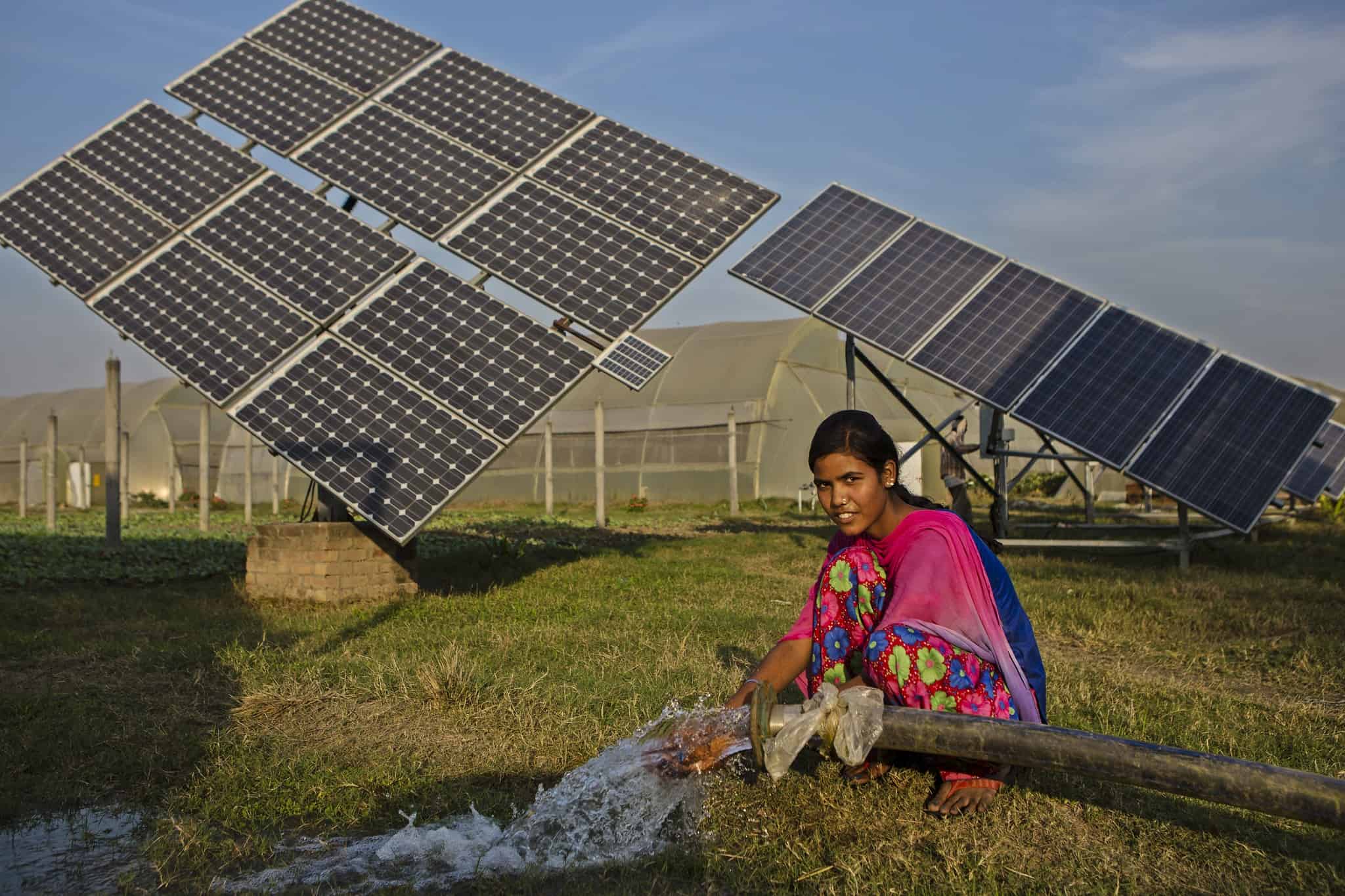India’s 16-point agriculture plan may falter if it doesn’t focus on incentives
- From
-
Published on
10.02.20
- Impact Area

One of the great examples that economists give on the power of incentives in Econ 101 is this: Towards the end of the 18th century, England began sending convicts to Australia. The government-funded transportation was privately provided. A lot of convicts died along the way from disease, poor nutrition and lack of medical care. Between 1790 and 1792, 12% died. On one ship, 37% perished. Then the government changed the incentives. It decided to pay the captains a bonus for each convict that walked off the boat in Australia alive. In 1793, under the new incentives, a single convict died out of 322 transported; an amazing outcome.
Valentine’s Day for agriculture comes two weeks early. Feb. 1 is the day, when irrespective of political orientation, agriculture is the focal point. India’s Budget 2020 was no different, with Finance Minister Nirmala Sitharaman announcing a 16-point agenda for agriculture. The oft-repeated discourse on the budget is that the devil is in the details—in this case, implementation. We ask a slightly different question: What incentives are provided in implementation itself?
Photo credit: Prashanth Vishwanathan/IWMI
Related news
-

ICRISAT to Deliver World-Class Services as CGIAR’s Breeding Resources South Asia Hub
International Crops Research Institute for the Semi-Arid Tropics (ICRISAT)07.07.25-
Biodiversity
-
Food security
Strategic collaboration to scale innovation and deliver harmonized, high-quality support across CGIA…
Read more -
-

Shaping policy changes for a sustainable cropping system in Uttar Pradesh, India
International Rice Research Institute (IRRI)03.07.25-
Food security
by Dr. Proloy Deb and Dr. Swatantra Dubey The Central Plain region of Uttar Pradesh…
Read more -
-

KOICA, UPLB, IRRI Partnership Establishes a Genomic Powerhouse to Future-Proof Agriculture
International Rice Research Institute (IRRI)01.07.25-
Food security
LOS BAÑOS, Philippines (26 June 2026) — KOICA, UPLB, and IRRI came together to showcase…
Read more -
